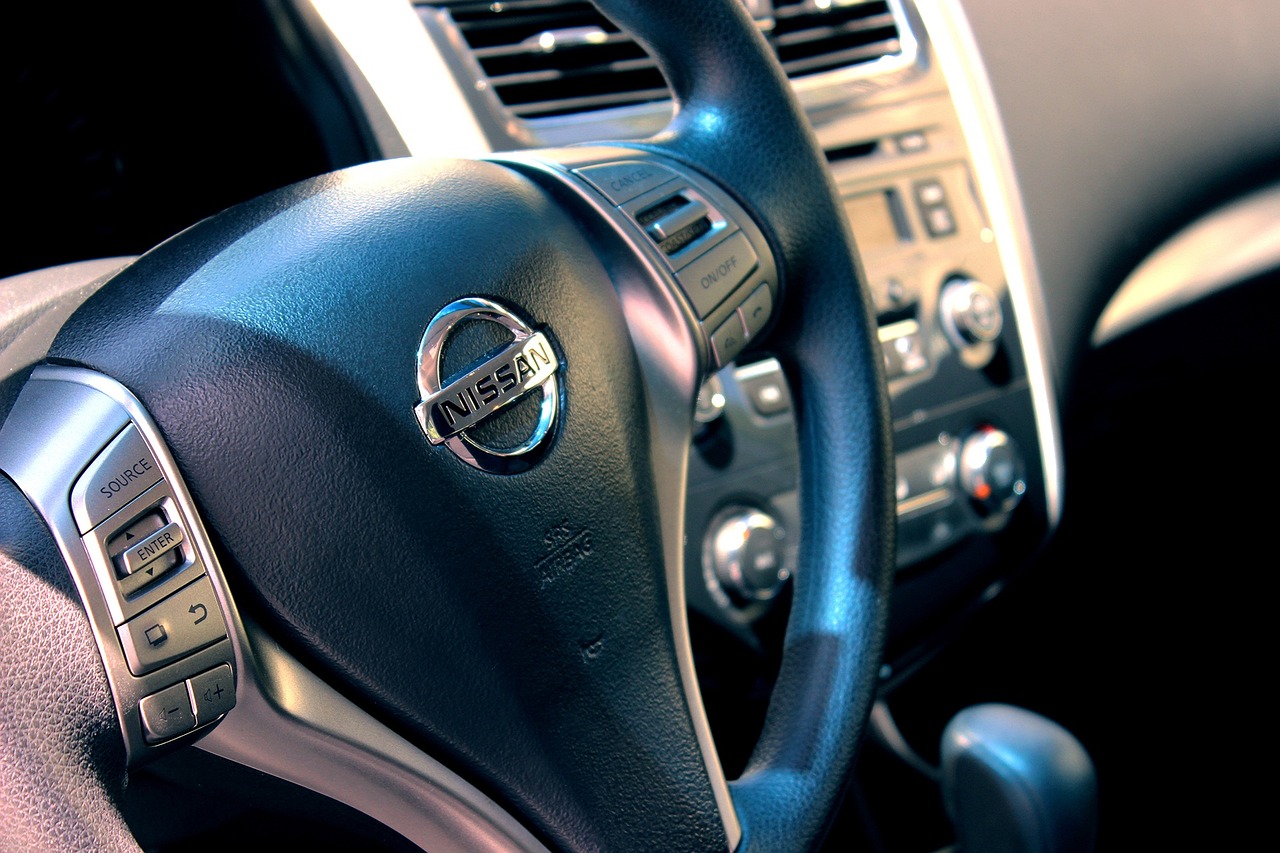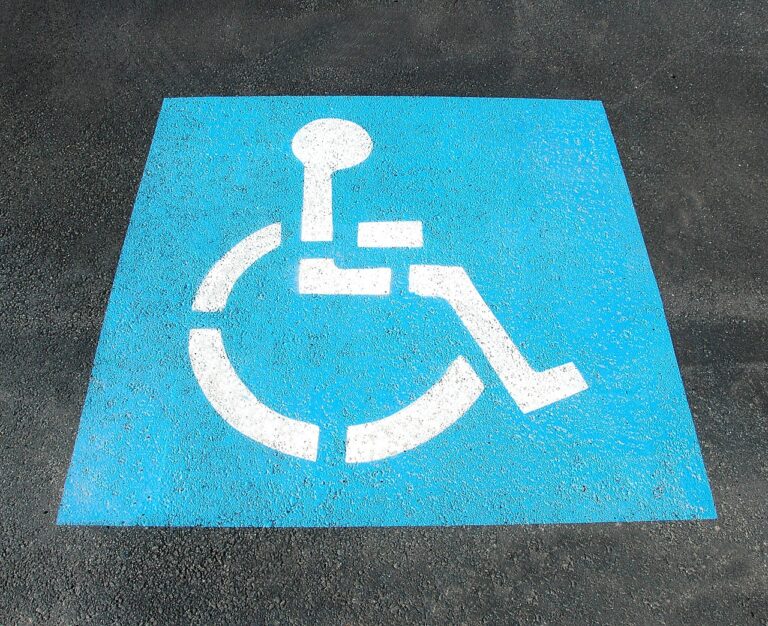5G-Powered Vehicle-to-Infrastructure (V2I) Communication
V2I communication, or Vehicle-to-Infrastructure communication, is a technology that enables vehicles to communicate with infrastructure elements such as traffic lights, road signage, and other roadside systems. This bi-directional exchange of information allows for better traffic management and improved road safety by providing real-time data to both vehicles and infrastructure components.
By integrating V2I communication into smart city initiatives, cities can enhance traffic flow, reduce congestion, and optimize transportation systems. This technology paves the way for more efficient routing, reduced emissions, and enhanced overall mobility for residents and visitors alike.
Benefits of V2I Communication in Smart Cities
V2I communication in smart cities offers enhanced traffic management capabilities. By providing real-time data exchange between vehicles and infrastructure, V2I systems can optimize traffic flow, reduce congestion, and improve overall transportation efficiency. This leads to shorter commute times, reduced fuel consumption, and lower greenhouse gas emissions, contributing to a more sustainable urban environment.
Furthermore, V2I communication enhances road safety by enabling vehicles and infrastructure to exchange information about potential hazards on the road. This proactive approach allows for the implementation of advanced driver assistance systems, such as collision warnings and intersection safety applications, ultimately reducing the number of accidents and saving lives. The seamless integration of V2I technology into smart city infrastructure plays a pivotal role in creating safer and more efficient transportation networks for residents and visitors alike.
V2I communication improves traffic management capabilities
Real-time data exchange between vehicles and infrastructure optimizes traffic flow
Reduces congestion, leading to shorter commute times and lower fuel consumption
Lower greenhouse gas emissions contribute to a more sustainable urban environment
V2I communication enhances road safety by exchanging information about potential hazards
Enables implementation of advanced driver assistance systems like collision warnings
Intersection safety applications help reduce accidents and save lives
Seamless integration of V2I technology creates safer and more efficient transportation networks
Challenges in Implementing V2I Communication
V2I communication faces various obstacles during its implementation. One primary challenge is the need for standardized communication protocols and infrastructure across different regions to ensure seamless connectivity between vehicles and infrastructure. Without universal standards, interoperability issues may arise, hindering the effectiveness of V2I systems.
Moreover, privacy and security concerns pose significant challenges in the deployment of V2I communication. Safeguarding data transmitted between vehicles and infrastructure from potential cyber threats is essential to maintain trust among users. Addressing privacy issues related to the collection and sharing of sensitive information is crucial for the successful integration of V2I technology in smart cities.
What is V2I communication?
V2I communication, or Vehicle-to-Infrastructure communication, is a technology that allows vehicles to communicate with infrastructure such as traffic lights, road signs, and other vehicles.
What are some benefits of V2I communication in smart cities?
Some benefits of V2I communication in smart cities include improved traffic flow, reduced congestion, increased road safety, and enhanced environmental sustainability.
What are some challenges in implementing V2I communication?
Some challenges in implementing V2I communication include the high cost of infrastructure upgrades, interoperability issues between different systems, privacy concerns, and ensuring data security.







